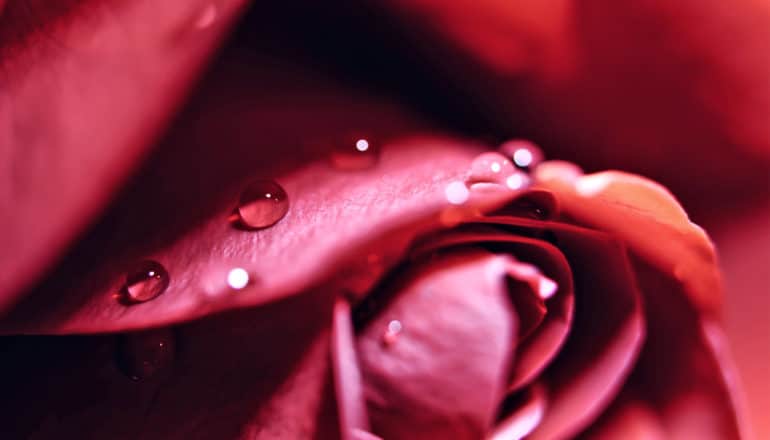
Inspired by natural designs, researchers have developed an innovative way to make a surface superhydrophobic to benefit the biomedical field.
Plant leaves have a natural superpower—they’re designed with water repelling characteristics. Called a superhydrophobic surface, this trait allows leaves to cleanse themselves from dust particles.
Researchers in Akhilesh K. Gaharwar’s lab in the biomedical engineering department at Texas A&M University have developed a “lotus effect” by incorporating atomic defects in nanomaterials, which could have widespread applications in the biomedical field including biosensing, lab-on-a-chip, blood-repellent, anti-fouling, and self-cleaning.
Power and limits
Superhydrophobic materials are used extensively for self-cleaning characteristic of devices. However, to work, current materials require alteration to the chemistry or topography of the surface. This limits their use.
“Designing hydrophobic surfaces and controlling the wetting behavior has long been of great interest, as it plays crucial role in accomplishing self-cleaning ability,” Gaharwar says. “However, there are limited biocompatible approach to control the wetting behavior of the surface as desired in several biomedical and biotechnological applications.”
The new design adopts a “nanoflower-like” assembly of two-dimensional (2D) atomic layers to protect the surface from wetting. 2D nanomaterials are an ultrathin class of nanomaterials and have received considerable attention in research.
Gaharwar’s lab used 2D molybdenum disulfide (MoS2), a new class of 2D nanomaterials that has shown enormous potential in nanoelectronics, optical sensors, renewable energy sources, catalysis and lubrication, but has not been investigated for biomedical applications. This innovative approach demonstrates applications of this unique class of materials to the biomedical industry.
“These 2D nanomaterials with their hexagonal packed layer repel water adherence, however, a missing atom from the top layer can allow easy access to water molecules by the next layer of atoms underneath making it transit from hydrophobic to hydrophilic,” says lead author Manish Jaiswal, a senior research associate in Gaharwar’s lab.
Opening doors
This innovative technique opens many doors for expanded applications in several scientific and technological areas, researchers say. The superhydrophobic coating can be easily applied over various substrates such as glass, tissue paper, rubber, or silica using the solvent evaporation method. These superhydrophobic coatings have wide-spread applications, not only in developing self-cleaning surfaces in nanoelectronics devices, but also for biomedical applications.
Specifically, the study demonstrated that blood and cell culture media containing proteins do not adhere to the surface, which is very promising. In addition, the team is currently exploring the potential applications of controlled hydrophobicity in stem cell fate.
The research appears in Chemical Communications.
Support for the research came from the National Institutes of Health Director’s New Innovator Award by the National Institute of Biomedical Imaging and Bioengineering.
Source: Texas A&M University
The post Plants inspire waterproof ‘nanoflower’ for medical uses appeared first on Futurity.
from Futurity https://ift.tt/2JAxUbA
No comments:
Post a Comment